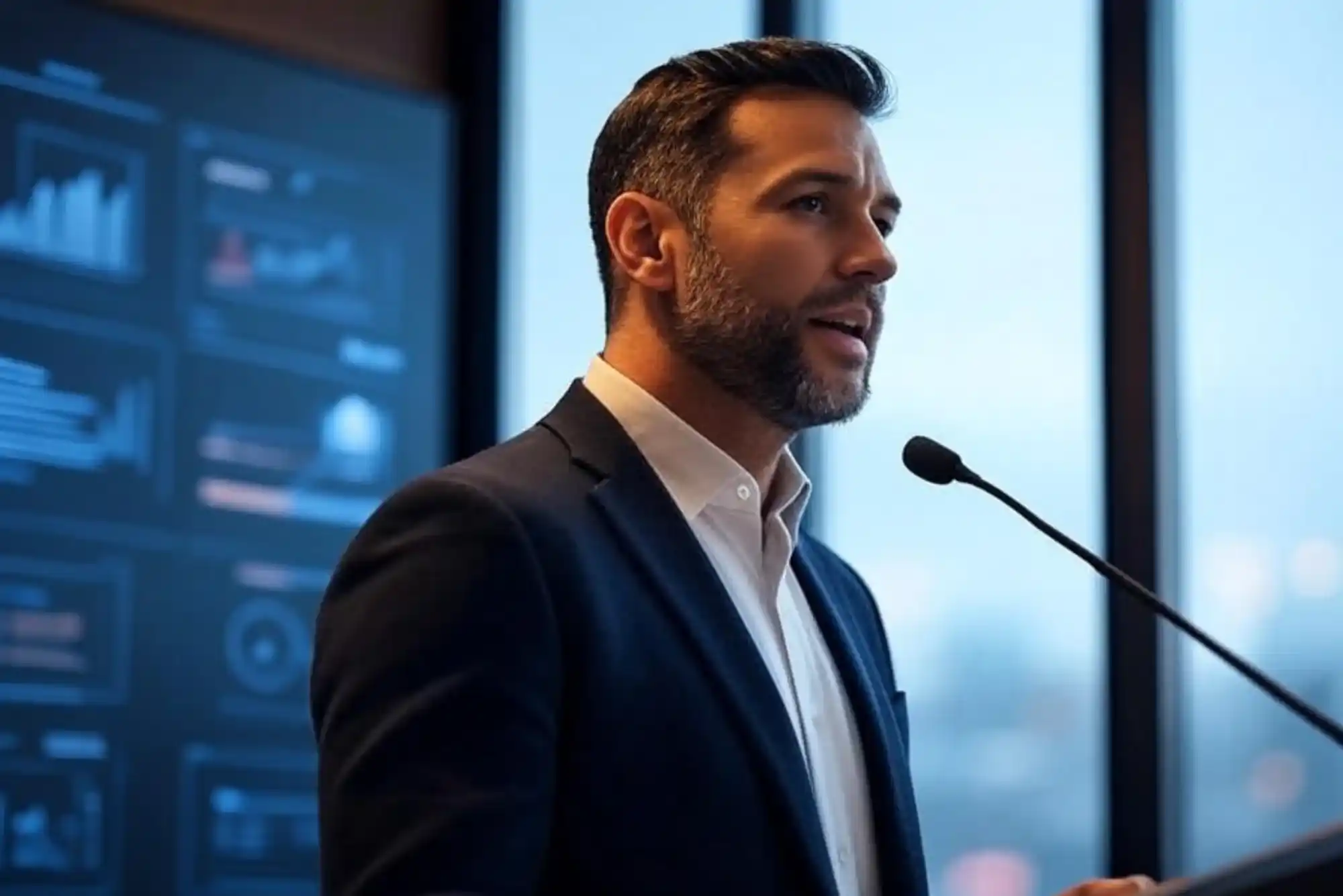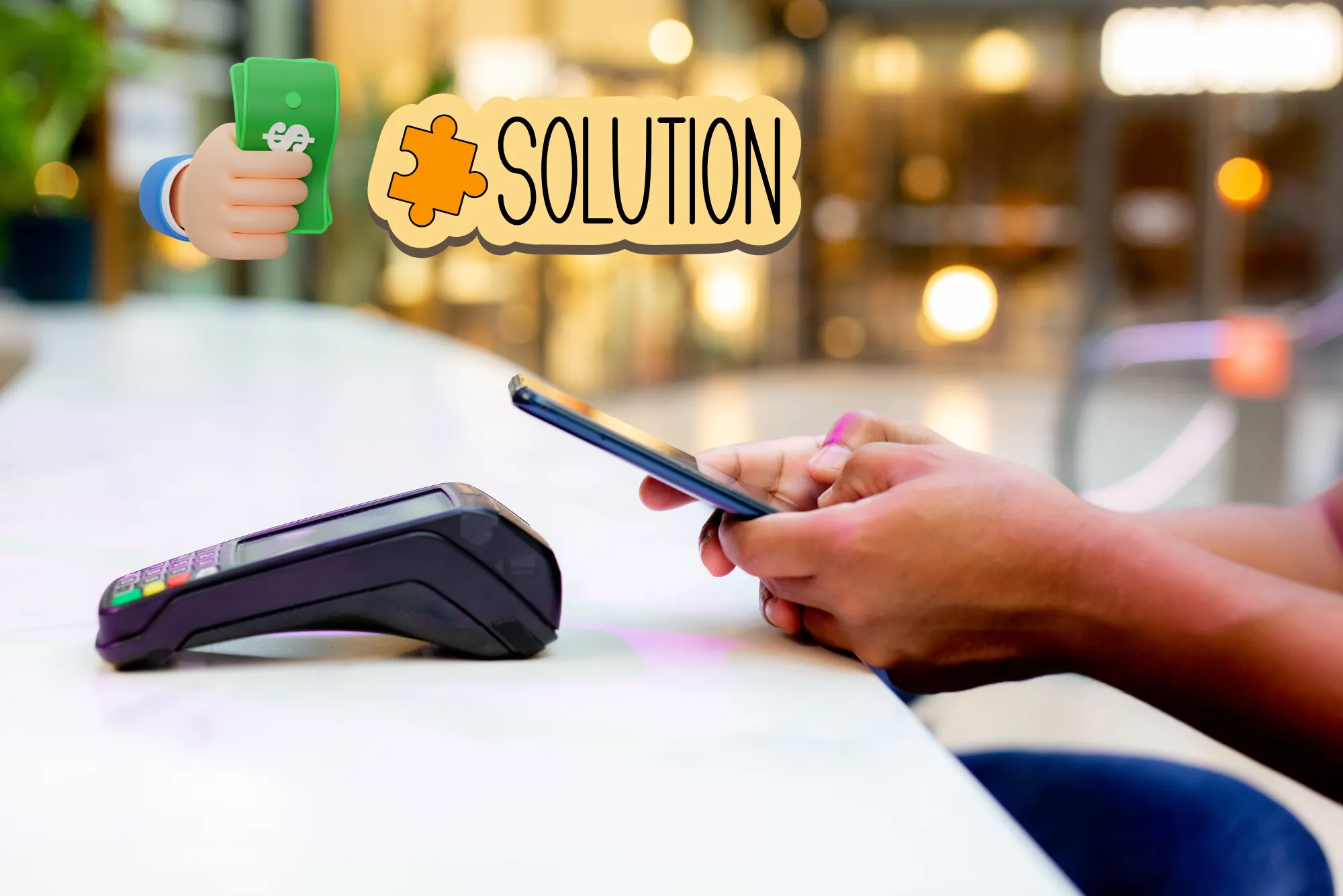In the rapidly emerging world of digital marketing, it is easy to get caught in the matrix of trends, tools, and strategies. From SEO Checklist to PPC budget and social media schedule, the abundance often laser-focusses on maximizing access and impressions. But despite all this data-operated activity, an essential component is often ignored- the audience’s intent.
Understanding why your audience is searching for something, not only what they are searching for, is the missing link that can turn a good marketing strategy into a great one. By aligning material and campaigns with the intentions of the real user, brand engagement, conversion, and customer satisfaction can be significantly increased.
Let us see why the intention of the audience matters more than ever, how to identify it, and how to weave it into every layer of your digital marketing efforts.
Why Audience Intent Matters
- Improved Relevance
Search engines today are not only information retrieval systems; They are a matching machine with intentions. They plan to distribute the outcomes that fulfill the user’s search targets. When you understand what your users are trying to attain, you can design the content that addresses those requirements.
For instance, a person who finds “how to relieve low back pain” is seeking knowledgeable, home-based solutions, not only the product page. By offering relevant, well-researched, and price-packed content, you not only help the user but also increase your brand visibility in search results.
- Targeted Content for Every Stage of the Buyer Journey
Not all search questions are made equal. A user has a very different intent when Googling “cheap smartphone under AED 1000” and “Samsung Galaxy S24 Ultra Features”. The former is likely in the awareness phase, in search of options; The latter is deeper in the decision phase, possibly comparing the model before purchasing.
The intention of the audience allows accurate, tailored content for each stage of purchasing, even after funnel-awareness, ideas, decisions, and even post-purchase support or buyer’s remorse stage. This targeted perspective ensures that your audience gets what they require well, when they want it.
- Enhanced User Experience (UX)
Anticipating a user’s intent ensures a smooth and more spontaneous journey in your digital channels. This means that your audience does not have to dig through irrelevant pages or navigate the confusing menus or pages while searching for the answers.
The great UX not only builds trust through alignment with intent, but also drives conversions. Whether it is a single landing page, pertinent CTA, or extensive content recommendations, satisfying the user’s intentions assists you in standing out in a busy digital scenario.
Optimized Return on Investment (ROI)
Digital marketing budgets are not immense. When you tailor your message and targeting based on the intention of the audience, you eliminate wasteful expenses on irrelevant impressions or mismatched leads.
Instead, each click, visual, and conversion stems straight from user behavior and intent. This improves the performance of the focused targeting campaign and increases your marketing budget, which is important for businesses competing in dynamic markets like Dubai.
How to Identify Audience Intent
To leverage audience intent, you need to first uncover it. Here are some proven strategies:
- Keyword Research: Going Beyond Volume
Traditional keyword research is often concentrated on the search volume and competition. But modern digital marketers must also look at intent signals. Keywords can typically be divided into four categories:
- Informational: “What is digital transformation?”
- Navigational: “HubSpot login”
- Commercial: “Best CRM tools for startups”
- Transactional: “Buy CRM software Dubai”
Tools such as Google Keyword Planner, Semrush, or Ahrefs now offer intent-based filtering, a great way to understand what users expect when typing in some phrases.
- Social Listening: Hear What They’re Saying
Platforms such as Twitter, LinkedIn, Reddit, and Facebook groups are goldmines of intention. People share their pains, queries, objectives, and wishes freely. Using social listening tools (e.g., Brandwatch or Sprout Social), you can track conversations, determine trends, and pinpoint unmatched needs.
Ask: What pain points are they asking for? What are they praising or criticizing? These insights are direct windows into their minds.
- Website Analytics: Behavior Speaks Volumes
Your own website data can reveal patterns of intent. For example, if visitors are continuously jumping from a service page, it is probably not aligned with their expectations. Alternatively, a blog post that results in a high click-through for your contact form may signal strong business interest.
Use devices such as Google Analytics or Hotjar to assess user flow, session duration, popular paths, and heatmaps. This behavior can assist you in reverse-engineering what the user actually wants.
- Surveys and Feedback: Ask the Source
Sometimes, the ideal method to understand the intention is to go straight to the source. Short, well-kept surveys, live chat transcripts, and feedback forms can give you valuable qualitative data.
Ask questions like:
- “What brought you to our site today?”
- “Did you find what you were looking for?”
- “What would make this page more helpful?”
Customer Journey Mapping
Creating a visual journey from awareness to action for users can reveal content gaps and opportunities. By mapping the touchpoints across channels and platforms, you can align messages and offers with the expectations of the audience in each stage.
Tools such as Lucidchart or Funnelytics can help you visualize and refine your customer journey maps.
Integrating Audience Intent Into Your Strategy
Knowing your audience’s intent is one thing. Acting on it effectively is what separates winners from everyone else.
Content Creation: Answer Their Real Questions
Intent-focused content addresses real needs. If your user is searching for “how to start a podcast”, avoid pitching the microphone immediately. Instead, create step-by-step guides, checklists, or tutorial videos.
Create content clusters based on intent categories:
- Top of Funnel (Informational): “What is podcasting?”
- Middle of Funnel (Commercial): “Best podcast hosting platforms”
- Bottom of Funnel (Transactional): “Buy podcasting equipment in Dubai”
SEO Optimization: Speak Their Language
SEO is not just about keywords – it’s about aligning your pages with explorers’ expectations. Use structured data, clear meta details, and intent-based titles and headers to satisfy both users and search engines.
For example, if a person types “Health Insurance in Dubai”, make sure your landing page clearly speaks to businesses in Dubai, highlights relevant services, and includes testimonials from similar customers. Top SEO Agencies in Dubai can guide you through the real do’s and don’ts for your specific campaign.
Targeted Advertising: Precision Over Reach
Paid ads should match intent to avoid costly mismatches. Instead of broad targeting, refine your audiences based on:
- Search keywords
- Behavioral data
- Interests
- Geographic location
For example, if a user goes to the pricing page for a product, but does not convert, retarget them with a customized offer for that product, with a time-sensitive discount.
Personalized Experiences: Intent = Customization
Users expect personal experiences in 2025. Dynamic website content, AI chatbots, and segmented email workflows are used to give experiences that align with the user’s journey.
Example: The first time, the visitor should see the user-friendly content. A returning user should see advanced guides, exclusive offers, or upsell options.
A/B Testing: Iterate Based on Intent Signals
Test various landing pages, advertising copies, and email theme lines that resonate to understand that. Often, a small shift, such as “now buy” from “Buy” to “get your free test” – when it better aligns with the user’s intent, it can promote dramatic conversions.
The Real Impact of Intent: A Competitive Edge
In hyper-practical markets such as the UAE, a common digital strategy is no longer enough. Businesses must shift from wide nets to laser-centered intent strategies.
Working with Dubai, a digital marketing agency that understands and integrates the intentions of the audience in all campaigns, can be differentiated. They can help decode your audience behavior, personalize touchpoints, and craft ventures that lead to long-term success.
The brands that not only attract visitors with the intention of the master audience, they create communities, trust, and advocacy.
Final Thoughts
Audience intent is not just a marketing buzzword – it is the North Star guiding your digital strategy. In-depth understanding that your audience aligns with your messages, design, and offerings, and accordingly, you unlock powerful results.
It is time to stop guessing and start to know what your audience wants. And if you’re ready to make intent the core of your digital playbook, consider partnering with a Digital Marketing Agency Dubai that speaks the language of your audience- before they even say a word.












